
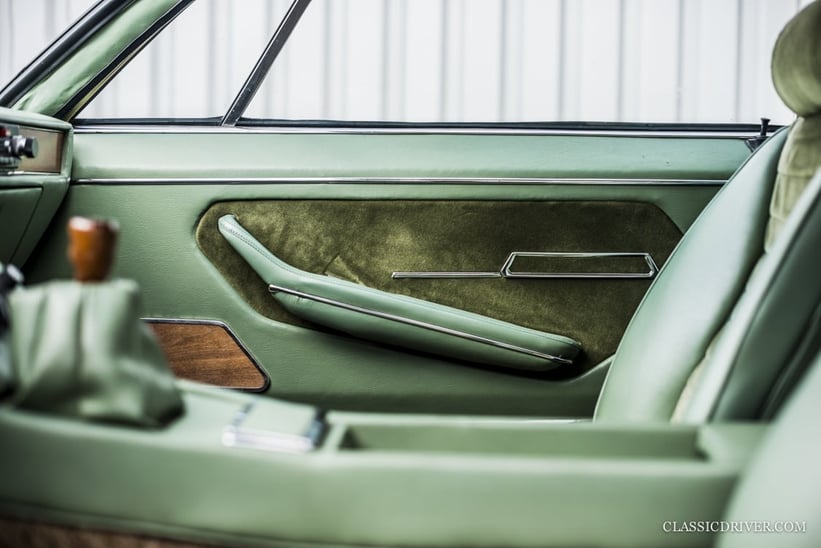
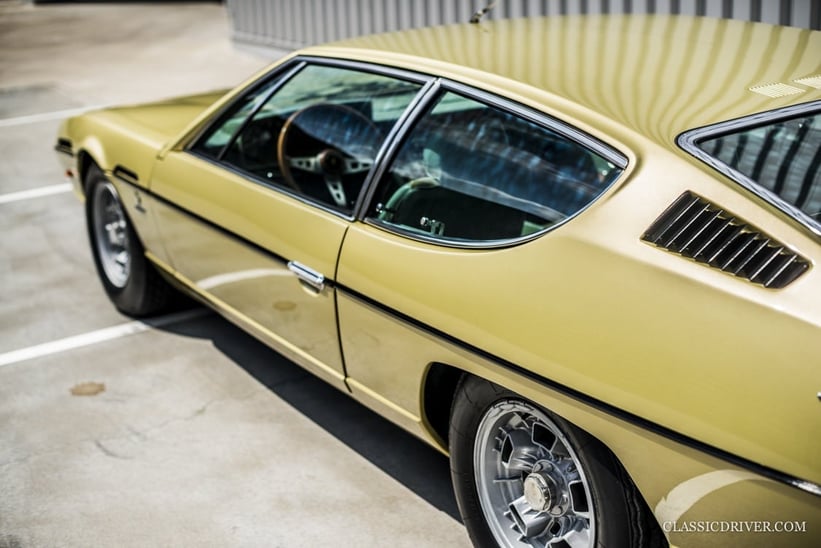
When Bertone’s flourishing designer Marcello Gandini pulled out a fresh pad of paper and began to draw the Lamborghini Espada in 1967, there’s no doubt he drew inspiration from the revolutionary Marzal concept he’d designed for the Geneva show earlier that year. However, there’s another car that also bears striking similarities to the Espada, incidentally also penned by Gandini in ’67: the Bertone Pirana. And while the Jaguar E-type-based show car had just two seats, rather than the Espada’s four, its wide flatfish styling — particularly the tall, unusual fastback — was carried over with minimal changes.
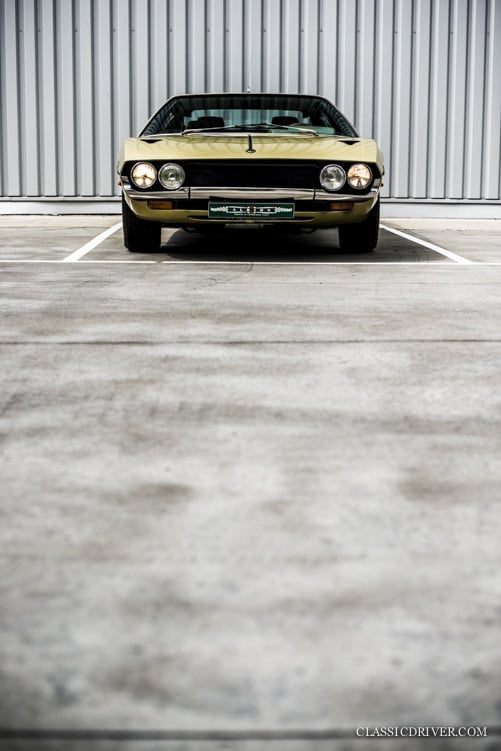
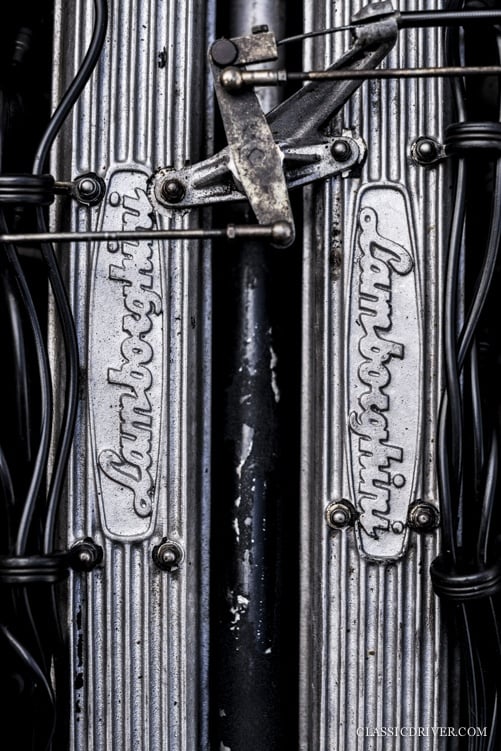
Of course, as with most of Gandini’s daring designs, the Espada’s styling proved to be divisive. Okay, so it didn’t have the pin-up characteristics of the Miura, but those who ignorantly remarked that this wasn’t a ‘proper’ Lamborghini were simply wrong. It’s benign yet bold, portly yet poised, and at 15ft long and 6ft wide, as easy to negotiate down a busy high street as the spaceship it resembles.
Gandini’s expansive use of glass was pure genius, and combined with four wheels tucked right in the corners of the car and an interior that looked as though it came straight from a private jet, it’s genuinely both useable and practical. By comparison, the Maserati Quattroporte — one of the Espada’s few contemporary four-seater sports cars — looks frankly pedestrian. And its £10,000 price tag, twice that of an Aston Martin DB6, was entirely befitting of a Lamborghini, too.
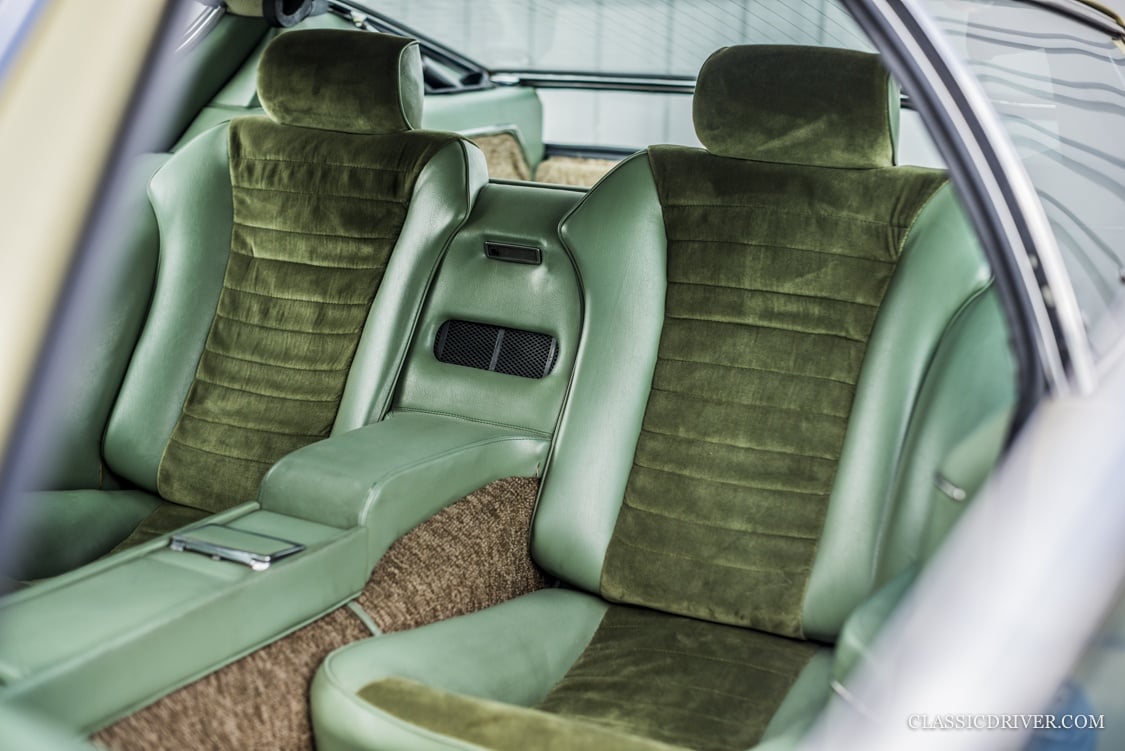
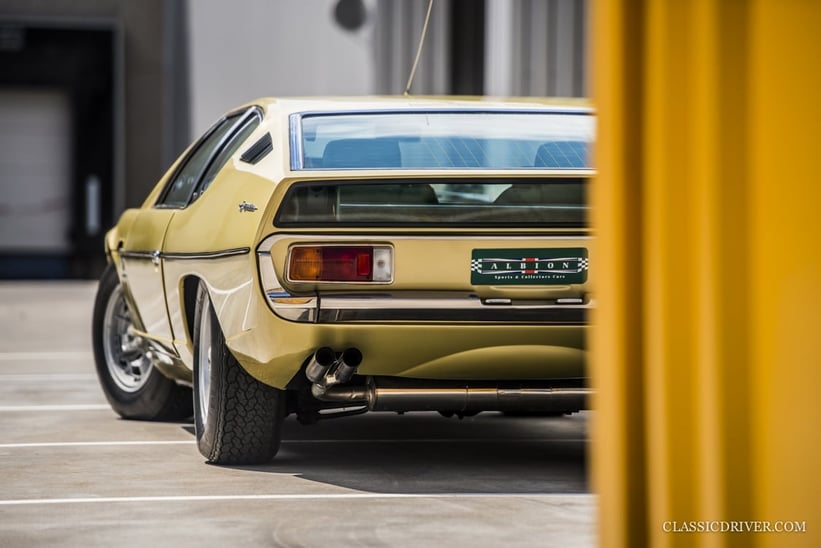
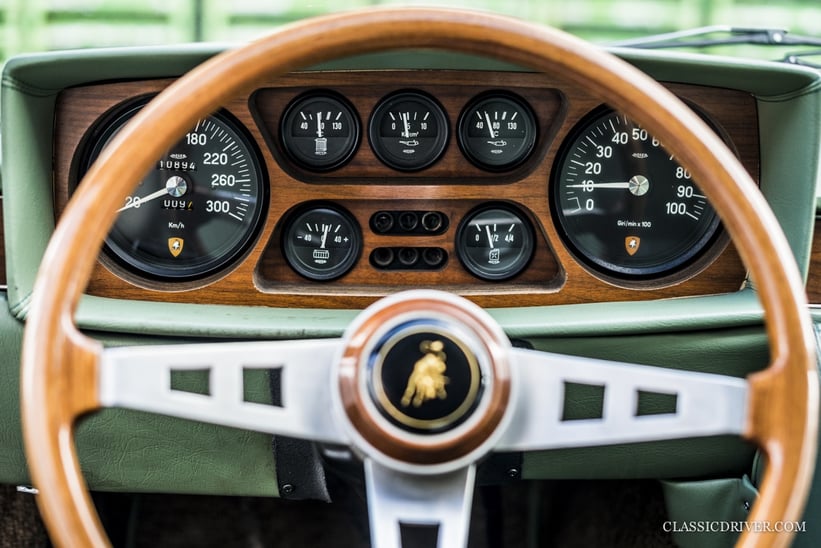
Beneath the expansive bonnet resides a V12 largely the same as that found in the Miura, developing 325hp in Series 1 guise and 350hp in Series 2 and 3. Other than its soul-stirring purr, perhaps the most remarkable characteristic of the powertrain wasn’t its ability to effortlessly cruise at 110mph, but rather its refinement and usability at low speeds — something that certainly can’t be said of the Miura. Its gorgeous Campagnolo magnesium-alloy wheels were borrowed from the Miura, too, although offered with optional wheel nuts, rather than the conventional knock-on hubs.
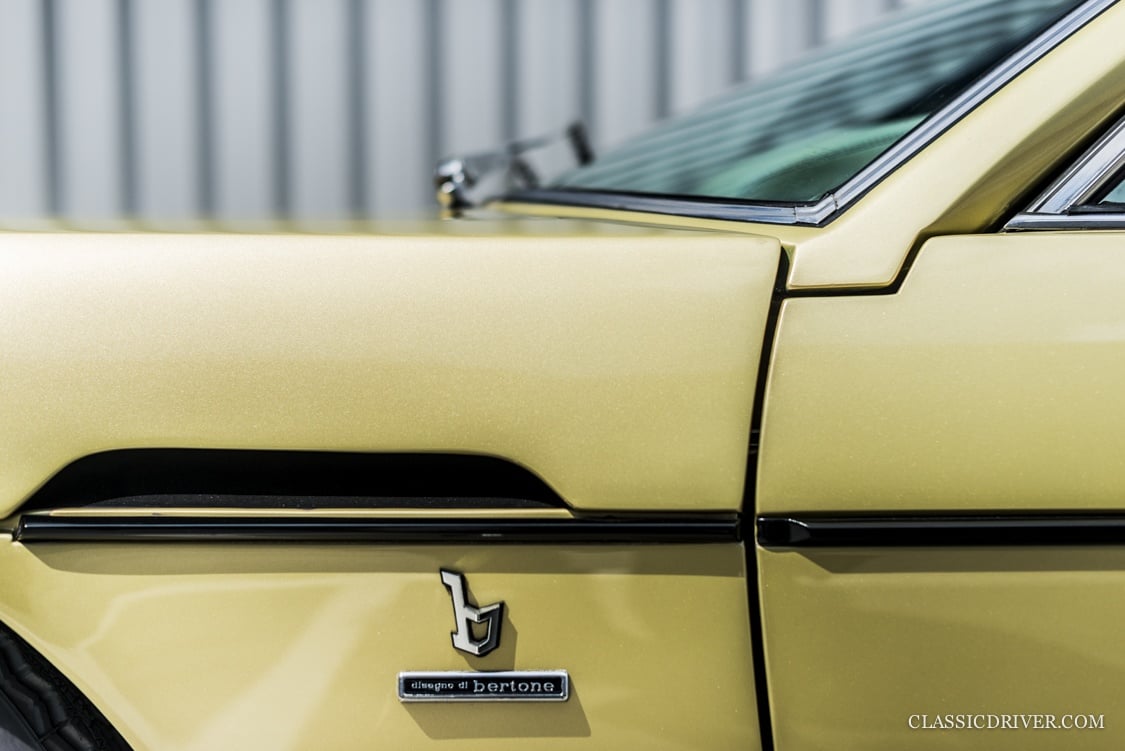
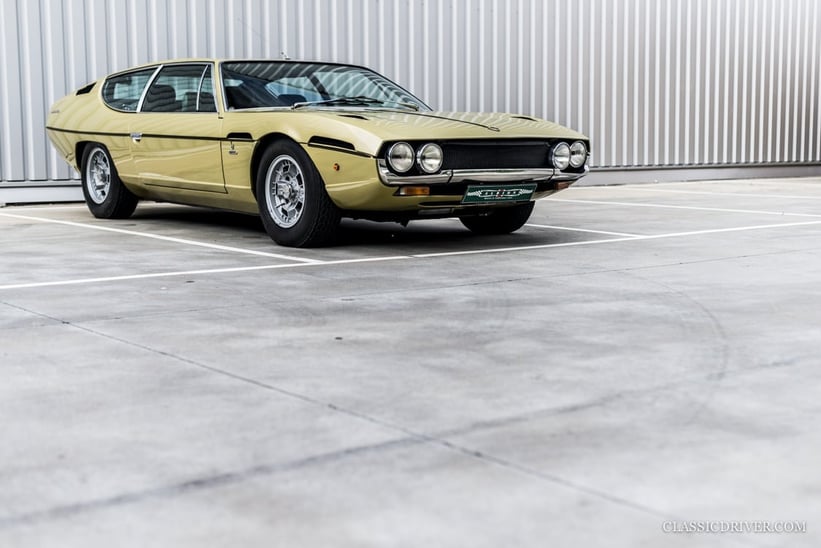
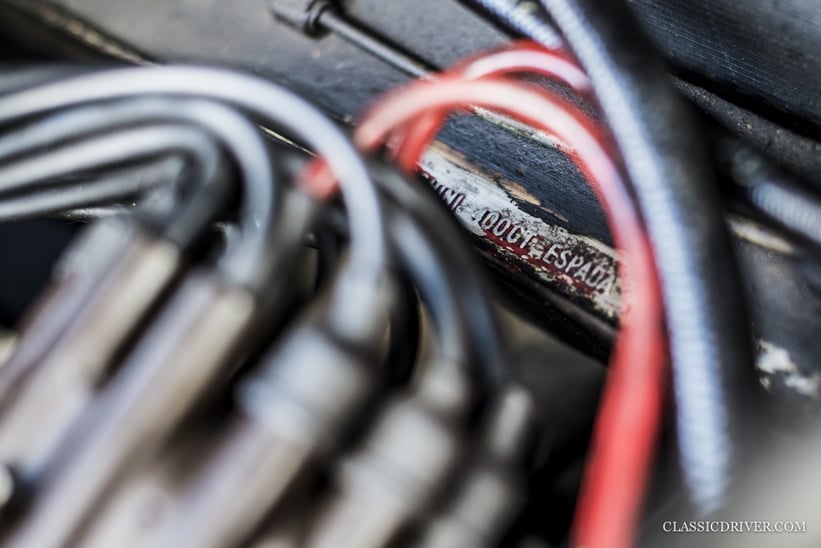
That Gandini’s Marzal was considered by many to be miles ahead of its time is, with hindsight, of little surprise. Its production successor, the Espada, remained on sale for 10 years, until the oil crisis intervened and Lamborghini was forced to temporarily close shop altogether. In that time, 1,217 cars rolled out of Sant’Agata — an unusually high figure in period and a testament to the car’s popularity and capability. Of those, 575 were the most desirable Series 2 models, such as this Verde Pallido Metallizzato example currently for sale at Albion Motorcars in Belgium. It’s had four owners from new, shows 69k miles on the clock, and is in wonderfully original condition.
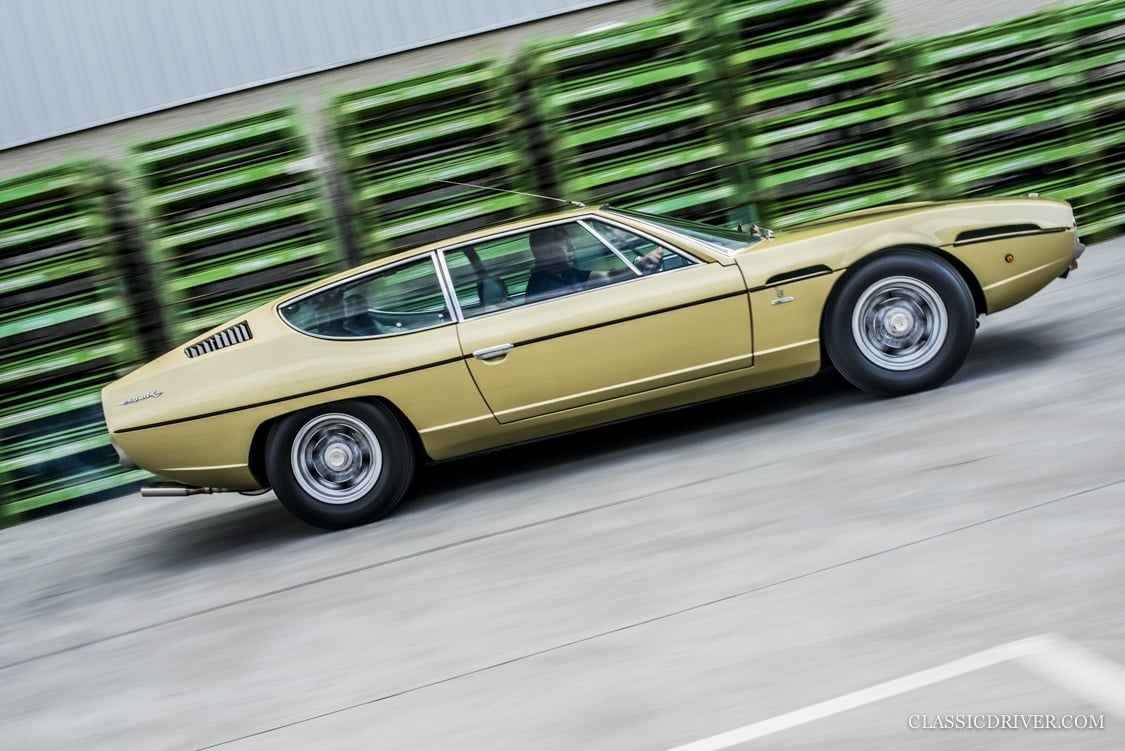
Twenty-eighteen marks 50 years since the Espada first rolled onto the world stage, and we think that’s cause to celebrate. Sure, maintenance and repair bills won’t be for the faint of heart — Classic Driver dealer Simon Kidston quips that you “need to own an oil well, a mechanic, and a dollar-printing machine” if you’re looking to take the plunge — but when that time comes when your family, business associates, or best friends ask to take a look at the Lambo, you can indulge them properly with a spirited drive. The Espada was — and, 50 years later, perhaps still is — the ultimate exotic four-seater sports car.
Photos: Rémi Dargegen for Classic Driver © 2017












































